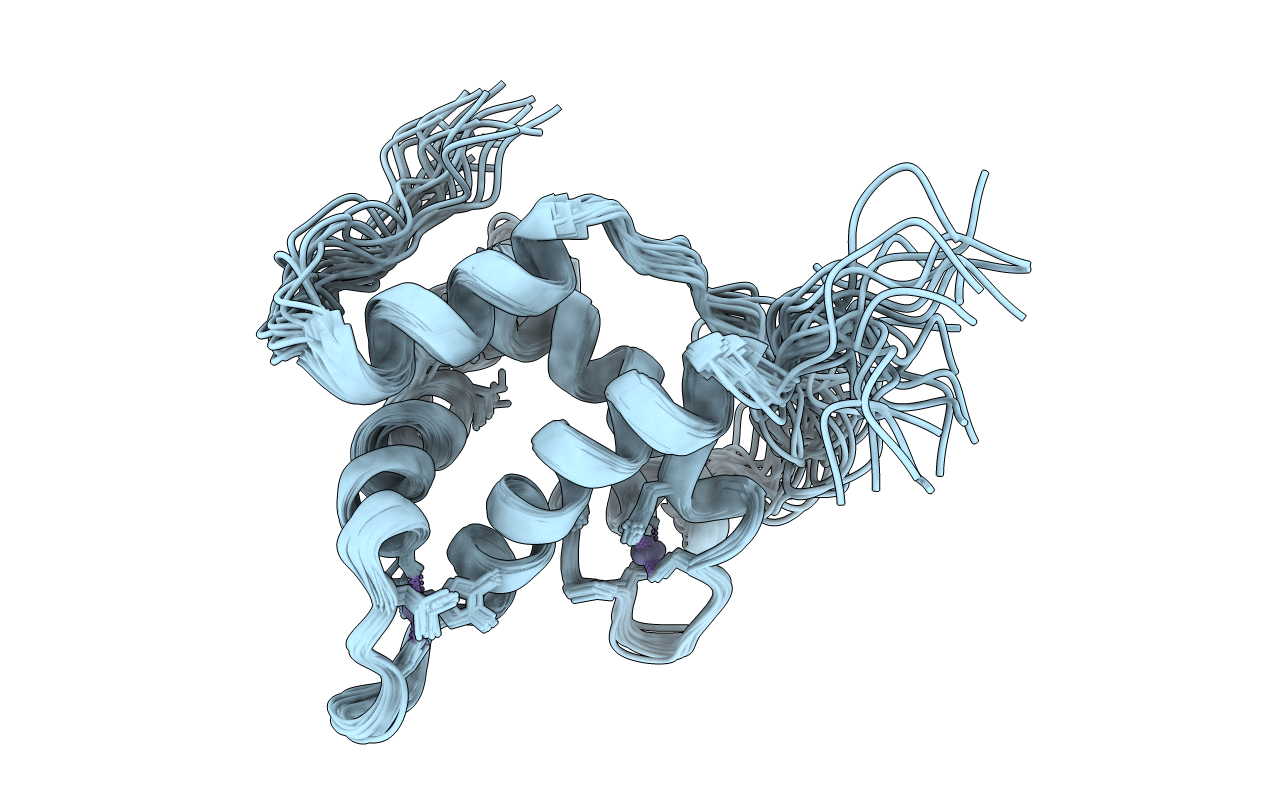
Deposition Date
2018-01-11
Release Date
2018-05-30
Last Version Date
2024-06-19
Method Details:
Experimental Method:
Conformers Calculated:
200
Conformers Submitted:
20
Selection Criteria:
structures with the least restraint violations


